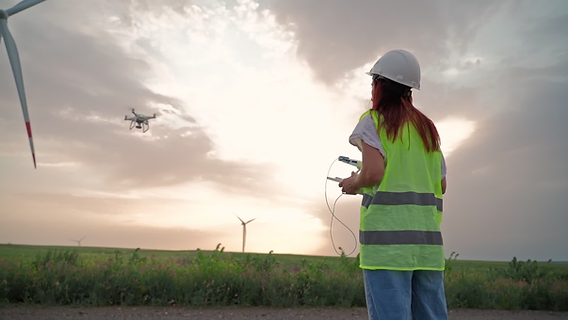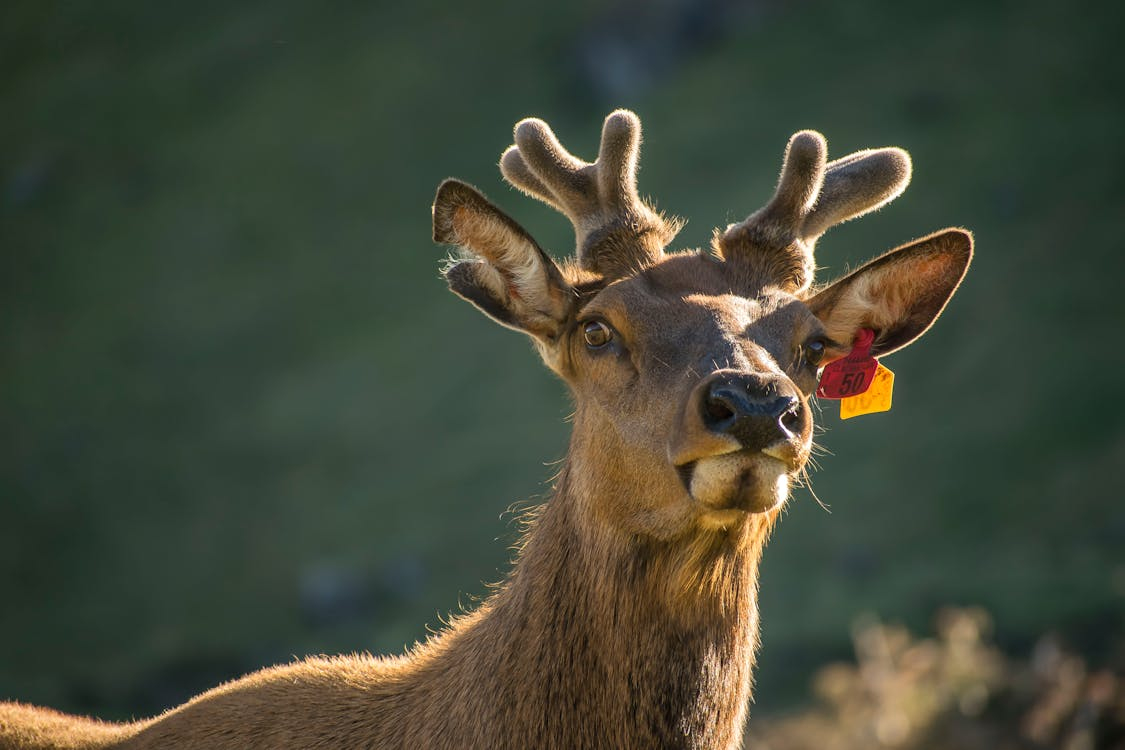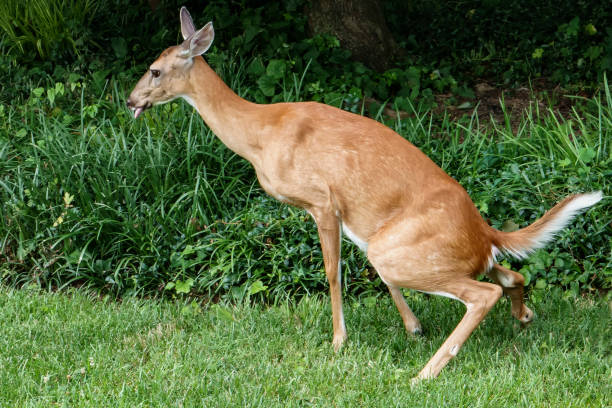Math in… Mark and Recapture
For the past couple decades, there have been about 300,000 deer in Washington State. We have four main deer subspecies, but the smallest by far is the Columbian white-tailed deer. According to the Washington Department of Fish and Wildlife, their population is estimated to have risen from 545 deer in 2002 to 1,296 deer in 2022.
Population data help ecologists make policy recommendations. Knowing the Columbian white-tailed deer population was instrumental in making them a protected species and illegal to hunt in Washington State, for example.
Columbian white-tailed deer. Image source: wdfw.wa.gov
But where do these numbers come from?
Some populations are estimated by conducting aerial surveys using planes or drones equipped with infrared cameras, literally counting the number of animals spotted. This can be very accurate, but can also misidentify an animal as another of similar size and shape.
If trying to estimate a particular population, like one subspecies of deer versus all deer, it’s best to use methods that allow an expert to confirm the right animals are being counted.
One such method is called mark and recapture. The way mark and recapture works is a researcher traps a large number of animals, the first sample population, marking them in some way.
The animals are then released. Sometime later, the researcher repeats the trapping process, capturing a second sample population. Some of the animals captured in this sample will be marked recaptures.
At this point, the researcher knows three numbers for sure:
M: total number of marked animals
Pₛ: population in the second sample
Mₛ: number of marked animals in second sample
The goal is to get a fourth number:
P: total animal population
If enough animals are in the capture samples, the fraction of marked animals in the second capture should reflect the fraction of marked animals in the total population — i.e.,
This allows the total population to be estimated:
While population researchers still tag animals in this way, a new innovation in mark and recapture works with DNA instead of the deer, directly.
Researchers, typically assisted by tracking dogs, comb the forest for deer droppings, collecting them and analyzing their DNA. They repeat this later, collecting and cataloging the DNA of a second sample of droppings. The “recaptures” are the droppings with DNA that was also found in the first sample.
What other ways can math be used to estimate populations?








